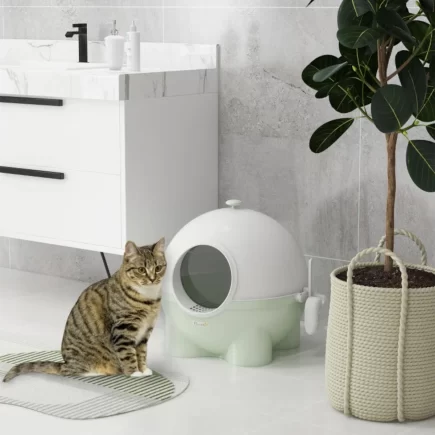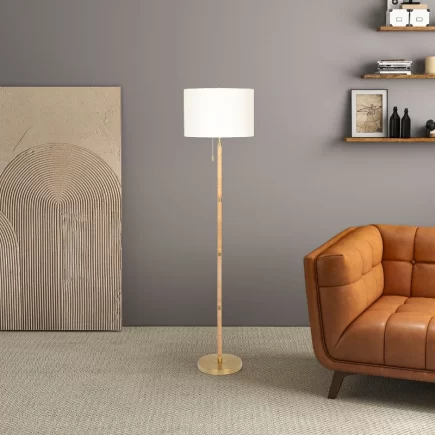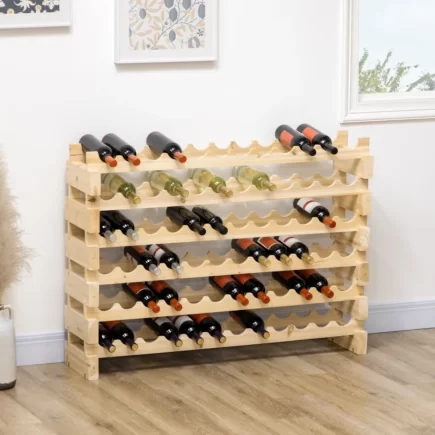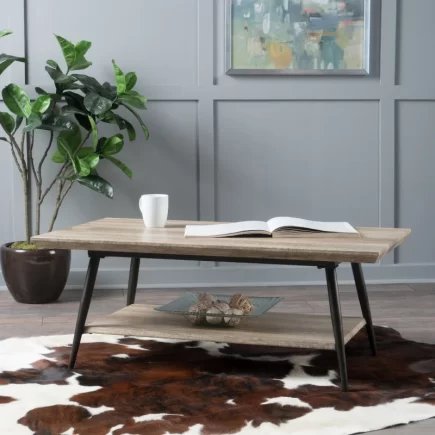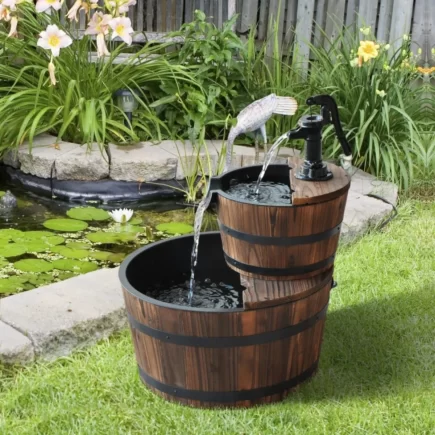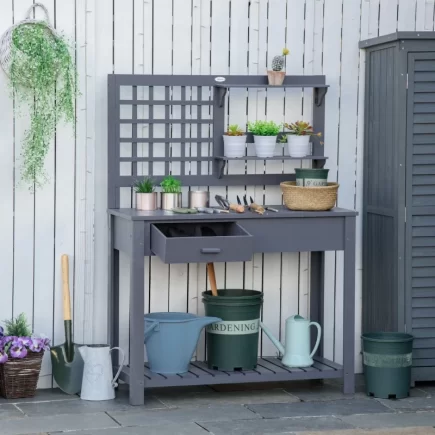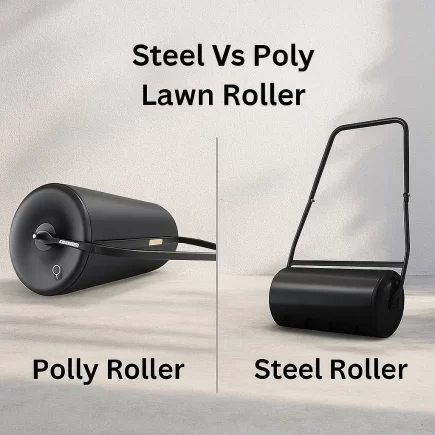
Bathroom cabinets are essential for organizing toiletries, cleaning supplies, and other essentials. Over time, these cabinets can accumulate dust, soap scum, water spots, and grime, which can diminish both their appearance and functionality. Regular cleaning of bathroom cabinets is crucial to maintain a fresh, organized, and hygienic space. Whether you have wooden, laminate, or metal cabinets, knowing how to clean and maintain them properly will ensure they stay in top condition.
Step-by-Step Process of Cleaning Bathroom Cabinets
Step 1: Gather Your Cleaning Supplies
Before beginning, it’s essential to gather all the necessary cleaning supplies to avoid interruptions. Here’s a list of basic tools and products you’ll need for the job:
| Cleaning Supply | Purpose |
| Mild dish soap or all-purpose cleaner | For cleaning cabinet surfaces. |
| Microfiber cloths or soft rags | For wiping down surfaces without leaving lint. |
| Vinegar | For removing tough stains, odors, and soap scum. |
| Baking soda | For spot cleaning sticky residues. |
| Warm water | To dilute cleaning products and rinse areas. |
| Wood polish (for wood cabinets) | To add shine and protect wooden cabinets. |
| Sponge or soft-bristled brush | For scrubbing stubborn stains or grime. |
| Rubber gloves (optional) | To protect your hands from cleaning solutions. |

Step 2: Empty the Cabinet
Start by removing everything from inside the cabinet. Not only will this give you easier access to all surfaces, but it will also allow you to reorganize. This step provides a great opportunity to declutter and get rid of expired or unnecessary products.
Step 3: Dust the Exterior and Interior
Use a dry microfiber cloth to dust both the exterior and interior surfaces of the cabinet. Start from the top and work your way down to avoid dust settling on areas you’ve already cleaned. Dusting removes particles and prepares the surfaces for further cleaning.
Tip: For hard-to-reach corners, use a small brush or a can of compressed air to dislodge dust that has settled in tight spaces.
Step 4: Clean the Inside of the Cabinet
Wipe down the inside of the cabinet with a damp microfiber cloth and mild soap solution. For wooden cabinets, do not soak the wood with water. Instead, use a lightly damp cloth, then dry the surface immediately to prevent moisture damage.

Step 5: Clean the Cabinet Doors
The doors of the bathroom cabinet tend to accumulate the most grime, especially in high-traffic bathrooms. Use a soft cloth dampened with mild soap and water solution to clean the front and back of the cabinet doors. Make sure to wipe thoroughly to remove smudges, soap scum, and fingerprints.

For wooden cabinets, use a wood-safe cleaner or wood polish to preserve the finish and prevent damage. Avoid using water-based cleaners on wood, as they can damage the surface over time.
Step 6: Clean the Cabinet Handles and Knobs
Handles and knobs are often overlooked but can accumulate oils and dirt from frequent use. Wipe down these areas with a damp cloth and soap solution. For metal knobs, a vinegar-water mixture or a metal cleaner can help restore their shine and remove tarnish.
Tip: If your handles are greasy, soak them in warm soapy water for a few minutes to loosen the grime before scrubbing them clean.

Step 7: Tackle Soap Scum and Water Spots
Soap scum and water spots are common in bathrooms and can accumulate on cabinet surfaces. To remove these, mix equal parts vinegar and water in a spray bottle and apply it to the affected areas. Allow it to sit for a few minutes before wiping it off with a clean cloth.
For stubborn spots, sprinkle a bit of baking soda on the dampened area and scrub with a soft sponge. Baking soda’s mild abrasiveness helps lift tough stains without damaging the finish.
Step 8: Dry the Cabinet Thoroughly
After cleaning, make sure to dry all cabinet surfaces thoroughly. Use a dry microfiber cloth to wipe down the inside and outside of the cabinet. This will prevent water spots and reduce the risk of moisture damage, especially on wooden cabinets.

Tip: Leave the cabinet doors open for a few hours to allow air circulation, which will help prevent moisture buildup inside the cabinet.
Step 9: Apply a Protective Finish (for Wooden Cabinets)
For wooden bathroom cabinets, applying a wood polish or wax after cleaning can help maintain the cabinet’s shine and protect it from moisture. Follow the manufacturer’s instructions for applying the polish, and be sure to use a product that is safe for use in bathrooms.
Tip: Don’t over-apply the polish; a light layer will go a long way in protecting and adding shine to the wood surface.
How to Remove Mildew or Mold fromBathroom Cabinet
In high-moisture bathrooms, mildew or mold can develop in dark or damp areas of the cabinet. To remove mildew or mold, mix equal parts water and vinegar or use a mold-specific cleaner. Apply the solution to the affected areas and scrub gently with a sponge.
Tip: Ensure your bathroom is properly ventilated to prevent mold growth in the future.
Ensuring Long-Lasting, Stylish Bathroom Cabinets
Cleaning your Bathroom Cabinets is an essential part of maintaining both their aesthetic appeal and functionality. By following these steps, you’ll not only keep your cabinets looking fresh and organized, but you’ll also ensure that they serve their purpose effectively for years to come.
FAQs
1. How often should I clean my bathroom cabinet to keep it in good condition?
Aim to clean your bathroom cabinet at least once every month, and more often if the bathroom is used heavily. Regular cleaning prevents grime buildup and helps maintain both the cabinet’s appearance and functionality.
2. Can I use the same cleaner for both wooden and metal bathroom cabinets?
It’s best to use specific cleaners for each material. For wooden cabinets, use a wood-safe cleaner or polish, and for metal cabinets, use a cleaner that’s appropriate for metal surfaces to avoid damage or corrosion.
3. What should I do if my wooden bathroom cabinet starts to warp from moisture?
To prevent warping, keep your wooden cabinet dry by wiping it down regularly with a damp cloth and drying it immediately. Consider using a dehumidifier or increasing ventilation in the bathroom to control humidity levels.




